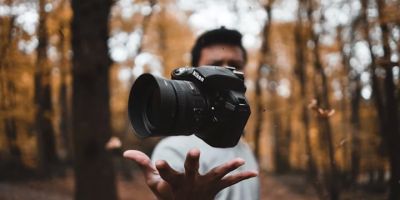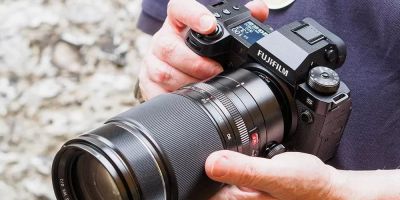- 1-Understanding-Photography-Filters
- 2-Types-of-Filters-and-Their-Effects
- 3-Choosing-the-Right-Filter-for-Your-Shot
- 4-Techniques-for-Using-Filters-Creatively
- 5-Common-Mistakes-to-Avoid-When-Using-Filters
- 6-Inspiring-Stories-from-Photographers
1. Understanding Photography Filters
Photography filters are tools placed in front of a camera lens to alter light entering the camera, affecting the image's appearance. They allow photographers to manipulate exposure, color, contrast, and mood directly during shooting rather than in post-processing.
Learning how to use filters for creative photography opens up endless possibilities for artistic expression, helping to capture unique perspectives and atmospheres.
2. Types of Filters and Their Effects
Various filters serve different purposes. Neutral Density (ND) filters reduce light, enabling long exposures in bright conditions, ideal for smooth water or motion blur effects. Polarizing filters enhance colors and reduce reflections on water or glass surfaces. Graduated ND filters balance exposure between bright skies and darker foregrounds.
Special effects filters can add starbursts, soft focus, or color tints, allowing photographers to infuse creativity and style into their shots.
3. Choosing the Right Filter for Your Shot
Selecting the appropriate filter depends on your subject, lighting, and creative intent. For landscapes, a polarizer or graduated ND filter often helps achieve balanced, vibrant images. For portraits, softening filters can enhance skin tones and create dreamy aesthetics.
Understanding your gear and goals ensures the filter complements rather than detracts from your vision.
4. Techniques for Using Filters Creatively
Using filters creatively involves experimenting with angles, combining multiple filters, and adjusting exposure settings. Rotating a polarizer alters reflection intensity; stacking ND filters lengthens exposure times significantly. Playing with filter placement allows unique light effects and textures.
Balancing filter strength and camera settings lets you control the final image mood and impact, giving your photography a professional edge.
5. Common Mistakes to Avoid When Using Filters
Common errors include overusing filters, leading to unnatural images, or neglecting proper lens cleaning, which can degrade image quality. Using filters incompatible with your lens or forgetting to adjust white balance may also cause color shifts.
Regular practice and reviewing results critically help avoid these pitfalls, ensuring filters enhance your creativity effectively.
6. Inspiring Stories from Photographers
Photographer Emma shared how mastering ND filters allowed her to capture surreal seascapes during daylight, elevating her portfolio and client interest. Another artist, David, used polarizers to reduce glare in urban photography, revealing vibrant architectural details often lost to reflections.
These real-life examples show how understanding how to use filters for creative photography can transform ordinary scenes into extraordinary art.
For high-quality filters and expert advice, visit Photo Studio, your go-to source for photography gear and inspiration tailored to your creative needs.





